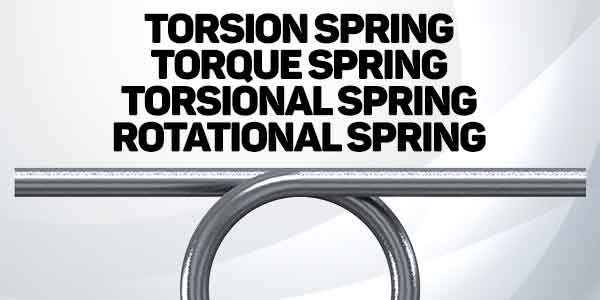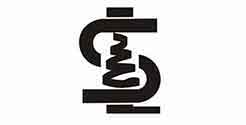Other Names for Spring Types That You Need to Know
When buying a custom or stock spring it is important for you to know and understand the type of motion you need the spring to carry out so you can select the proper type of spring and then dive deeper into the dimensions and specs you want that type of spring to have.
There are three main types of coil metal springs: compression springs, extension springs, and torsion springs. However, you may find that each of these spring types can be subcategorized and even known by different names. Today we want to focus on the basics as we share and explain the different names that each spring type can be called by.
Compression springs
Compression springs are the most common type of springs. These springs have pitch in between the coils to store energy as they are compressed and will then release it when the load is removed, returning to their original state as they do so. Compression springs can come in different sizes and shapes.
-Conical springs are a type of compression spring that carries a conical shape.
-Barrel springs, as the name mentions have the shape of a barrel but also conduct a compressing motion and therefore are also a type of compression spring.
-Open coil springs are another term that is less common but many times used for the reference of compression springs since it refers to the fact that there is pitch in between the spring coils.

The type of ends in compression springs can also vary. To learn more about the different types of compression spring ends you can visit page here: Compression Spring End Types
Extension Springs
Extension springs tend to have hooks on the ends which allows them to hold on to or attach to an object which will pull the spring’s coils apart by adding force. Since the function of extension springs is to be pulled or extended we can find different names for these springs which describe the function.
Pull springs:extension spring coils have no pitch in between them and are pulled apart by the force exerted on the ends. This is why the term ¨pull springs¨ can also be used as a reference to extension springs.
Tension springs:When the force or load on the ends of an extension spring pulls on the spring end’s the spring creates resistance and tension which is why this is another common term for extension springs.

Extension springs can have different types of hooks on the ends or even no hooks. To learn more about extension spring hooks visit the following page Extension Spring Hook Types
Torsion
Torsion springs have a different motion when a load is placed on it. The ends of torsion springs are called legs, think of these as wire sticking out of the coils upon which a load is applied.
Torsional Springs: Quite similar to the name Torsion springs, the name ¨Torsional Springs¨ refers to the torsional motion created by the spring.
Torque Springs: When a torsion spring faces a force applied to the ends, the torsion spring completes a twisting or torquing motion hence the name ¨torque springs.¨
Rotational Springs:This term is used due to the rotational force exerted by the torsion spring when a load is placed on the legs.

Torsion spring ends, also called legs, are crucial to their proper performance. Both the direction of wind and the position of the legs plays an important role in determining whether the spring will work properly or not. To better understand the direction of wind of a torsion spring click here: Torsion Spring Wind Direction




 Español
Español